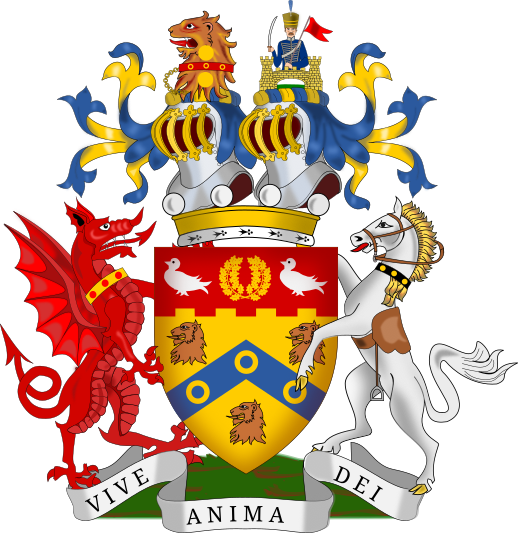 |
BlazonShield: Or, on a chevron azure between three lions' heads erased Proper, as many annulets Gold ; on a chief embattled Gules a wreath of oak Or between two martlets Argent. Crests: 1st, a lion's head erased proper charged with two bezants palewise and gorged with a collar Gules, thereon three annulets, Or with a chain of the last ; 2nd Issuant from a bridge of one arch embattled and having at each end a tower Proper, a demi-hussar in the uniform of the 18th regiment, holding in his right hand a sabre and in his left a red pennon flying to the sinister. Supporters: Dexter: A dragon wings elevated Gules gorged with a collar Or charged with three torteaux; Sinister: A horse Argent, saddle and bridle Proper, trappings Gules, gorged with a collar Sable charged with three bezants. Motto: Vive Anima Dei (Live by the Spirit of God) |
The Vivians were industrialists, originally from Cornwall, who owned and managed major copperworks in South Wales and played a significant part in the development of Swansea.
The family's involvement in Swansea began with the arrival of John Vivian (1750-1826) in 1800 to become managing partner in copperworks at Penclawdd and Loughor. By the end of the decade the family was buying land at the Hafod in Swansea to set up their own copper business, Vivian &Sons.
John's eldest son, Richard Hussey Vivian (1775-1842), who became 1st Baron Vivian in 1841, was already embarked on an illustrious military career by the time of the move to Swansea, and it was the second son, John Henry Vivian (1785-1855), who carried on the family businesses in Swansea and elsewhere. In addition to his industrial activities, John Henry served as MP for Swansea District, was a Justice of the Peace and Deputy Lieutenant of Glamorgan(?). In 1817 he bought a house called Marino to the west of Swansea, had it greatly expanded and re-modelled, and eventually renamed it Singleton Abbey. It is now the administration building of Swansea University.
John Henry was succeeded in his South Wales business interests by his sons, led by the eldest, (Henry) Hussey Vivian (1821-1894), who also served in Parliament and was created 1st Baron Swansea in 1893, the year before his death. John Henry's second son was (William) Graham Vivian. IN 1860 he bought Woodlands Castle, which he later renamed Clyne Castle, and greatly increased his wealth and the size of his estate over the next 52 years. Another son, Arthur, was also involved in the business and was an MP. John Henry's fourth son, Richard Glynn Vivian, devoted himself to art collecting and philanthropy. He founded Swansea's Glynn Vivian Art Gallery and bought Sketty Hall (north of Singleton Abbey) in 1898.
The youngest of John Henry and Sarah's five daughters, Dulcie Charlotte Vivian, inherited Clyne Castle from her brother Graham but died unmarried five years later. In accordance with Graham's will, Clyne then passed to Admiral Algernon Walker-Heneage-Vivian, a younger son of John Henry's second-youngest daughter Henrietta. In accordance with Graham's will, "the Admiral", as he was known locally, added Vivian to his surname and sought and received a royal licence to bear the Vivian arms along with his paternal ones.
John Vivian, who started the Vivian family's involvement in Swansea, assumed (probably correctly) that he was descended from the Vivians of Trewan Hall, St.Columb, Cornwall, and used their arms: Or, a chevron Azure and a chief Gules. This was also used by his sons and can be seen in various locations at Singleton Abbey.
In 1827 John's eldest son, Lt.Gen. Richard Hussey Vivian, was offered a baronetcy, and it was required at the time that a baronet has a coat of arms officially recorded at the College of Arms in London. However, Gen. Vivian was unable to prove his descent from the Vivians of St.Columb to the satisfaction of the college because of "loss of family evidences" and so was granted new arms which were based on the older Vivian ones but with alterations and additions pertaining to his military achievements. The additions included two medals, one which he had been awarded for his services at the battles of Sahagun and Benevente (1808), the other for his services at the Battle of Waterloo (1815).
Normally a grant of arms is made to the grantee and his legitimate male-line descendants, but sometimes a grant is "backdated" to include the descendents of the grantee's father or, more rarely, grandfather. This was done in this case, but the granted stipulated that the arms to be borne by the younger brothers and their descendants should be slightly different, with martlets (birds with no visible legs) replacing the medals, and with an alteration to the crest as well. This variation in the same grant is highly unusual, possibly unique. The grant was made on 20th December 1827 and Richard Hussey Vivian received his baronetcy on 19th January 1828.
On 25th November 1893, Henry Hussey Vivian, who had recently been enobled as Baron Swansea, was granted an additional crest which he bore alongside the slightly altered crest of his uncle. This crest - a collared lion's head - was based on that of the Vivians of St.Columb but with the addition of two bezants (gold roundels).
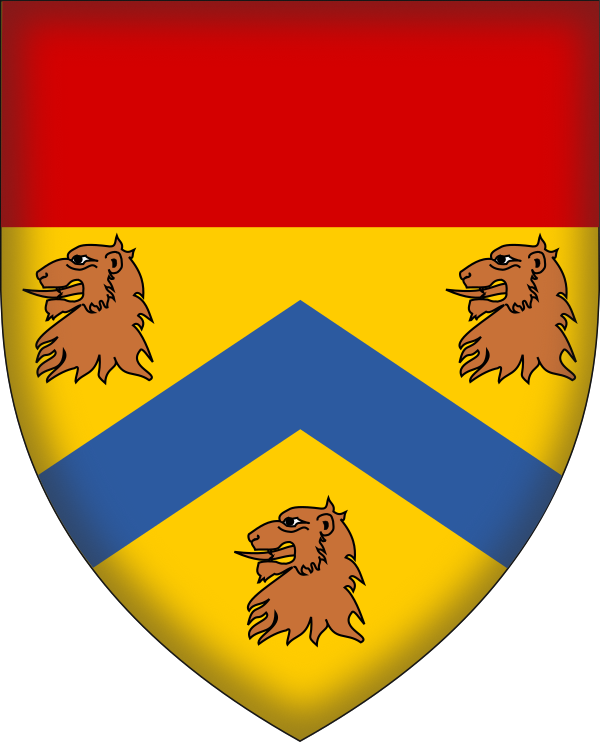 |
| Vivian of St.Columb |
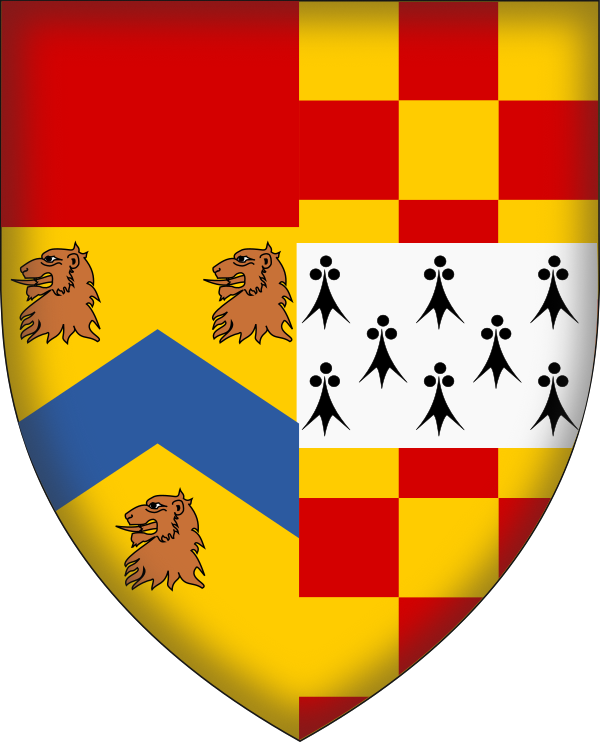 |
| John & Betsy Vivian (née Cranch)(John 1750-1826; Betsy d.1816) |
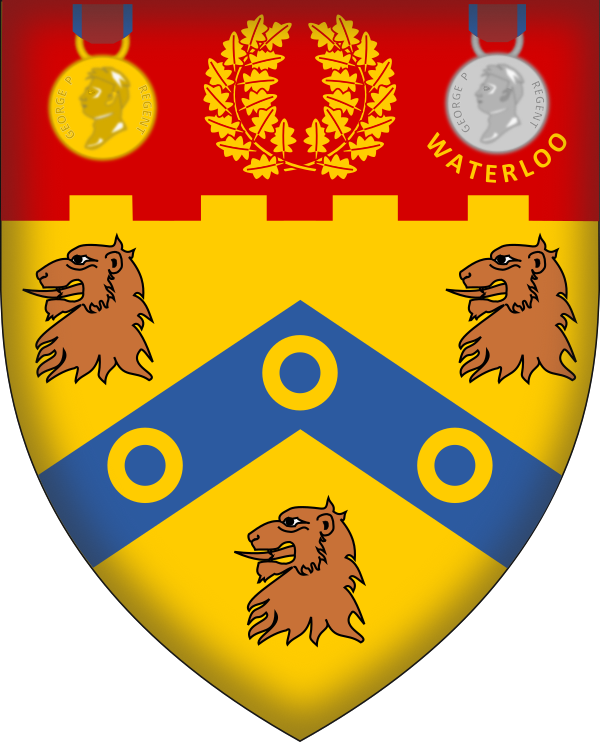 |
| Lt.Gen. Sir Hussey Vivian, 1st Baron Vivian(1775-1842) Arms granted 1827 |
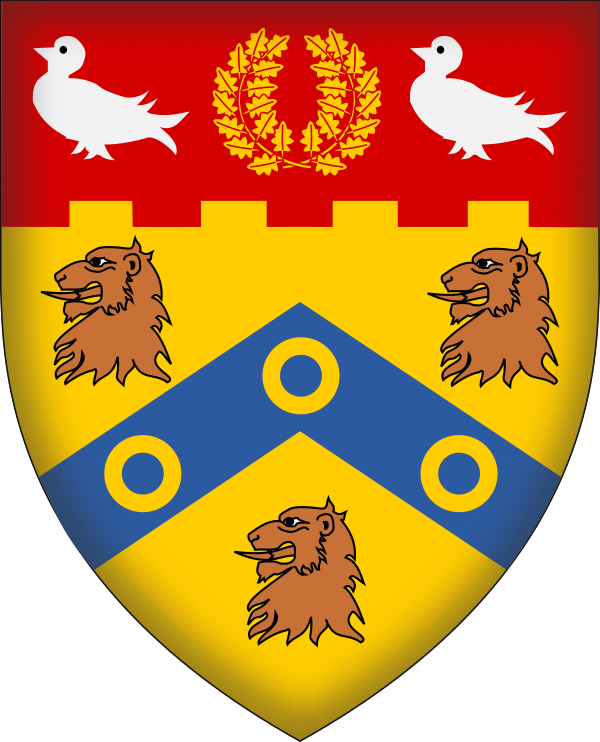 |
| Vivians (of Swansea)Arms granted 1827 |
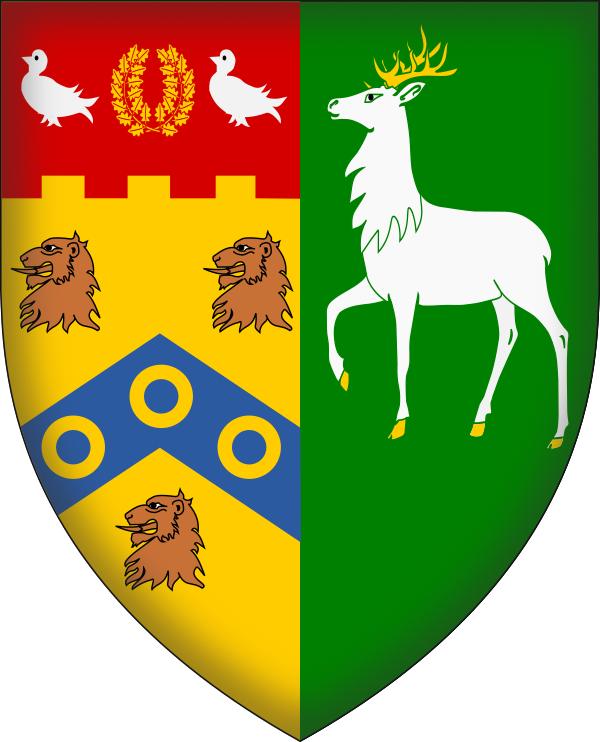 |
| John Henry & Sarah Vivian (née Jones)(JH 1785-1855; Sarah d.1886) |
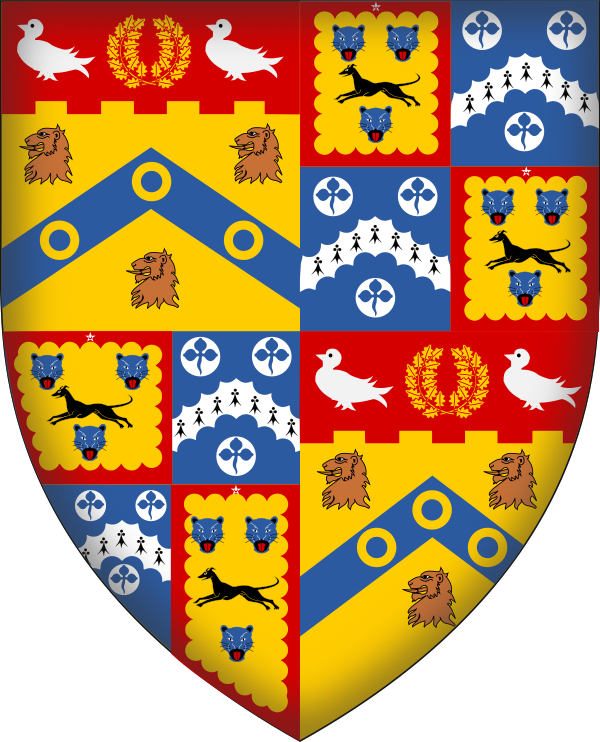 |
| Adm. Algernon Walker-Heneage-Vivian(JH 1871–1952) |
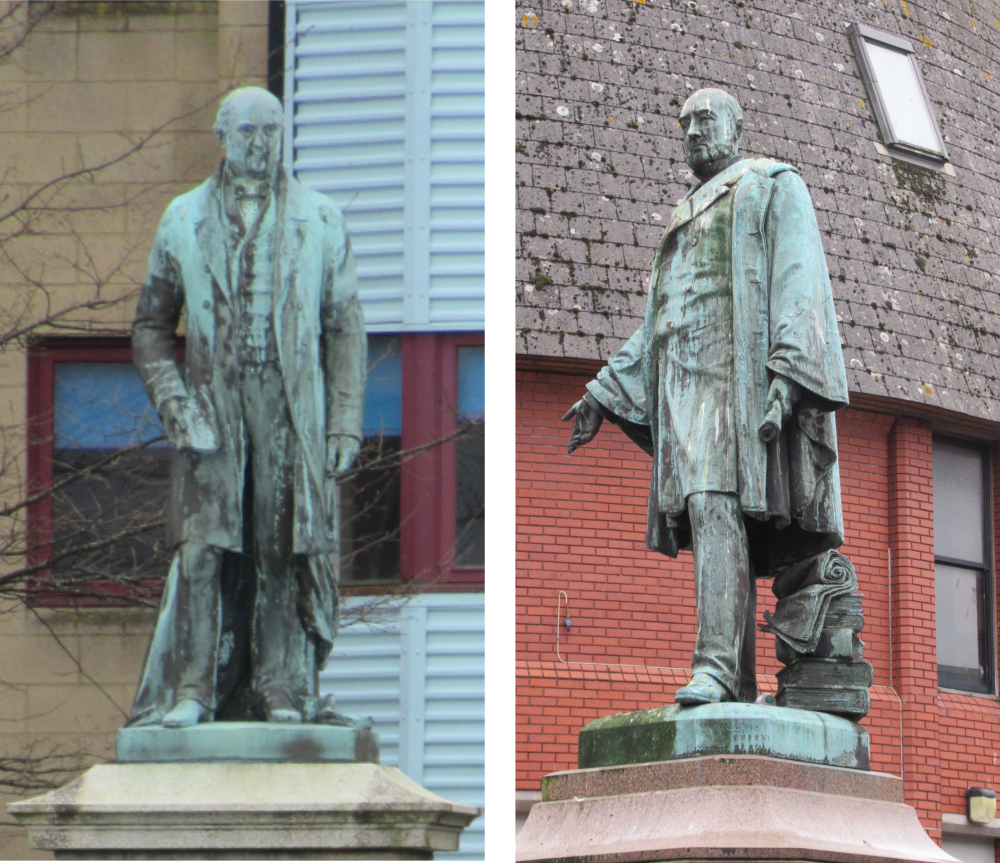 |
| Swansea statues of John Henry Vivian (left) and Henry Hussey Vivian, Baron Swansea (right) |
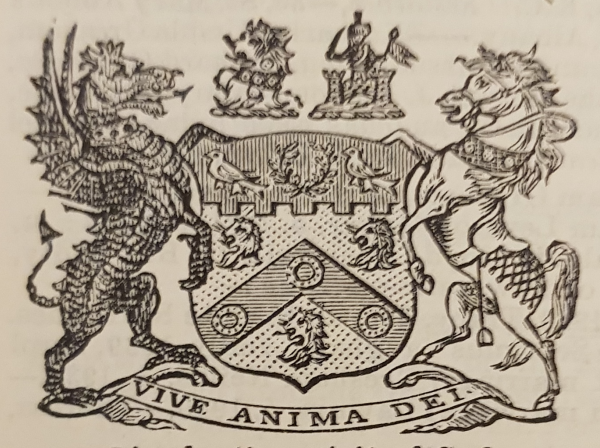 |
| The arms as shown Debrett's Peerage. Ⓒ |
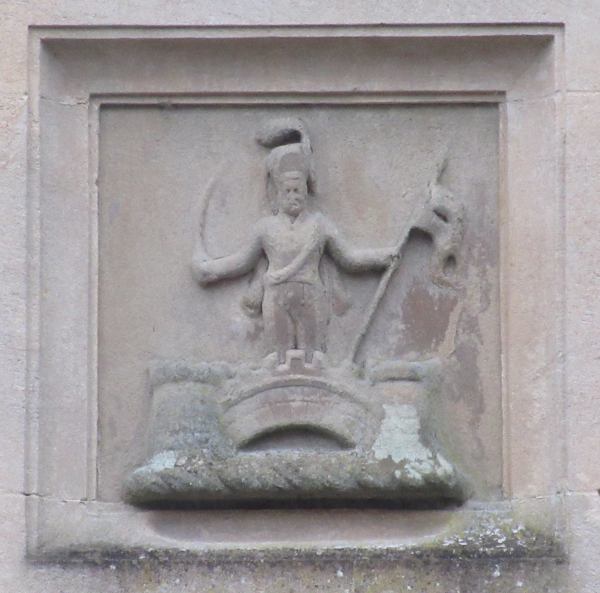 |
| Crest above the door of Singleton Abbey, former home of the Vivians, now part of Swansea University. |
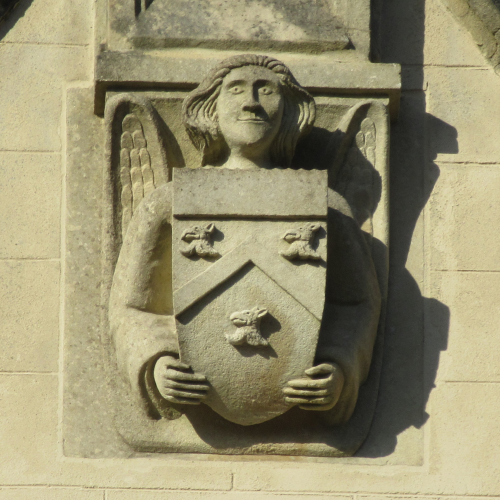 |
| The original Vivian arms, held by an angel, at Singleton Abbey. |
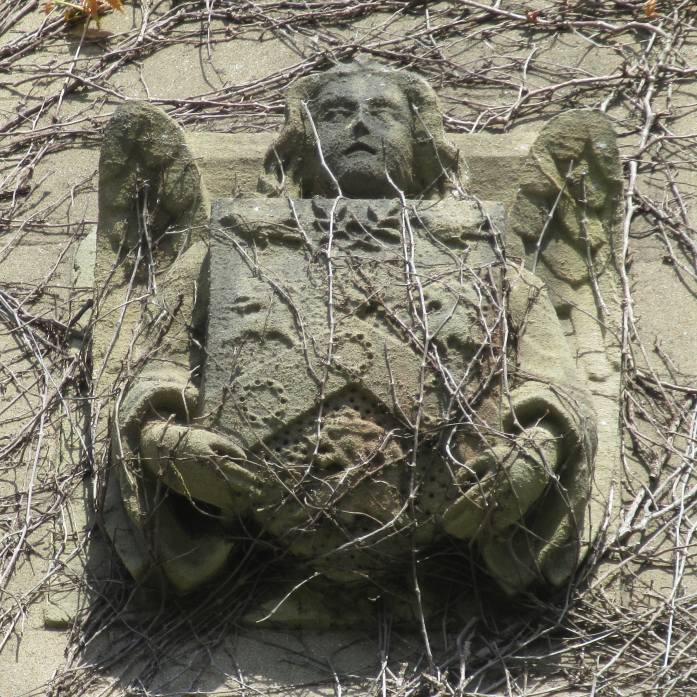 |
| Arms of John Henry Vivian, held by an angel, at Singleton Abbey. |
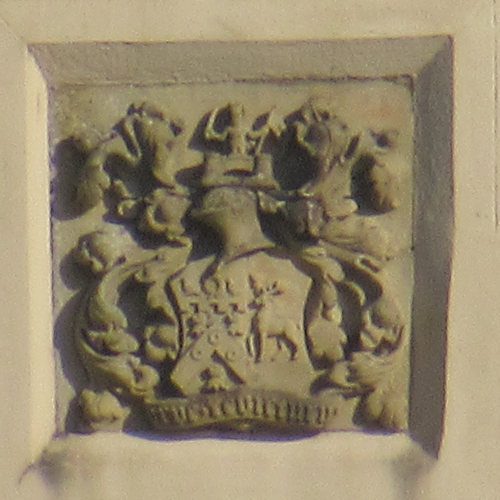 |
| Arms of John Henry Vivian impaled with those of his wife Sarah (née Jones), at Singleton Abbey. |
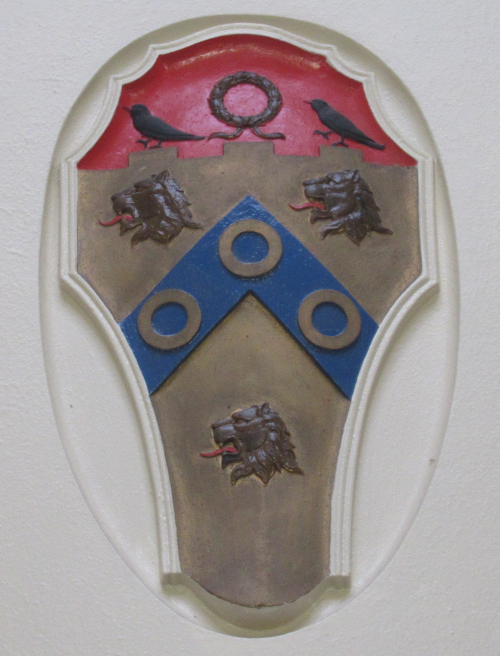 |
| The arms in Swansea Guildhall. |
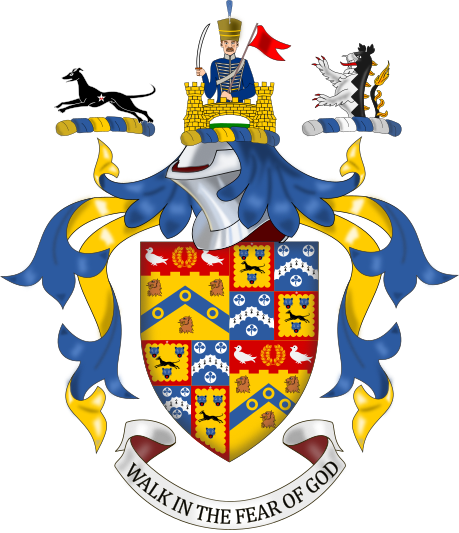 |
| Adm. Algernon Walker-Heneage-Vivian combined the Vivian arms and crest with those of his paternal Walker-Heneage arms. |
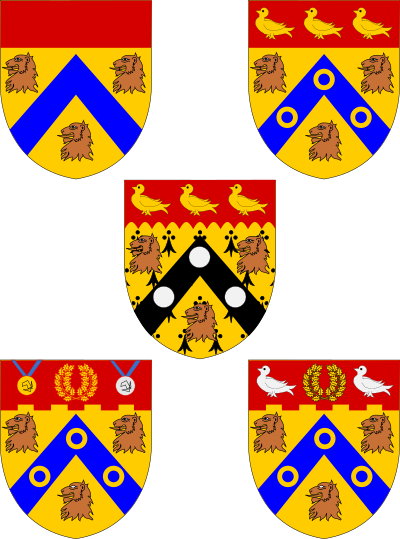
Several variations of the Vivian family arms in Cornwall have existed.
The first two examples were recorded in 1520, in St.Columb and Bodmin.
The middle arms are of a female-line descendant who changed his name to Vivian upon inheriting the Pencalenick estate in Cornwall in the 19th century.
The lower two are the Lords Vivian (descended from John Vivian's eldest son) and Swansea (descended from John Henry Vivian).